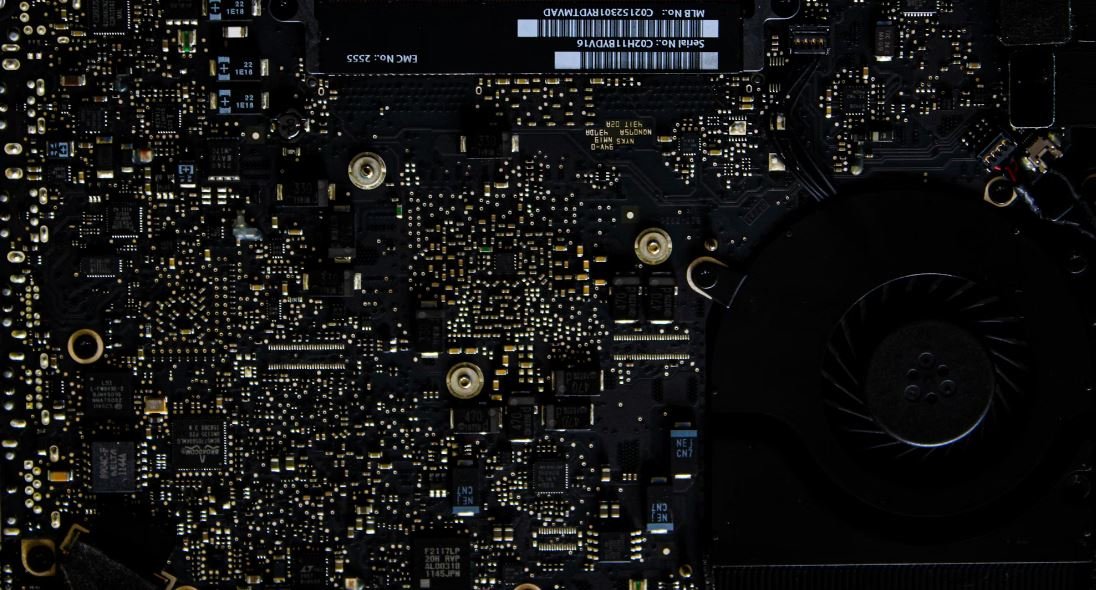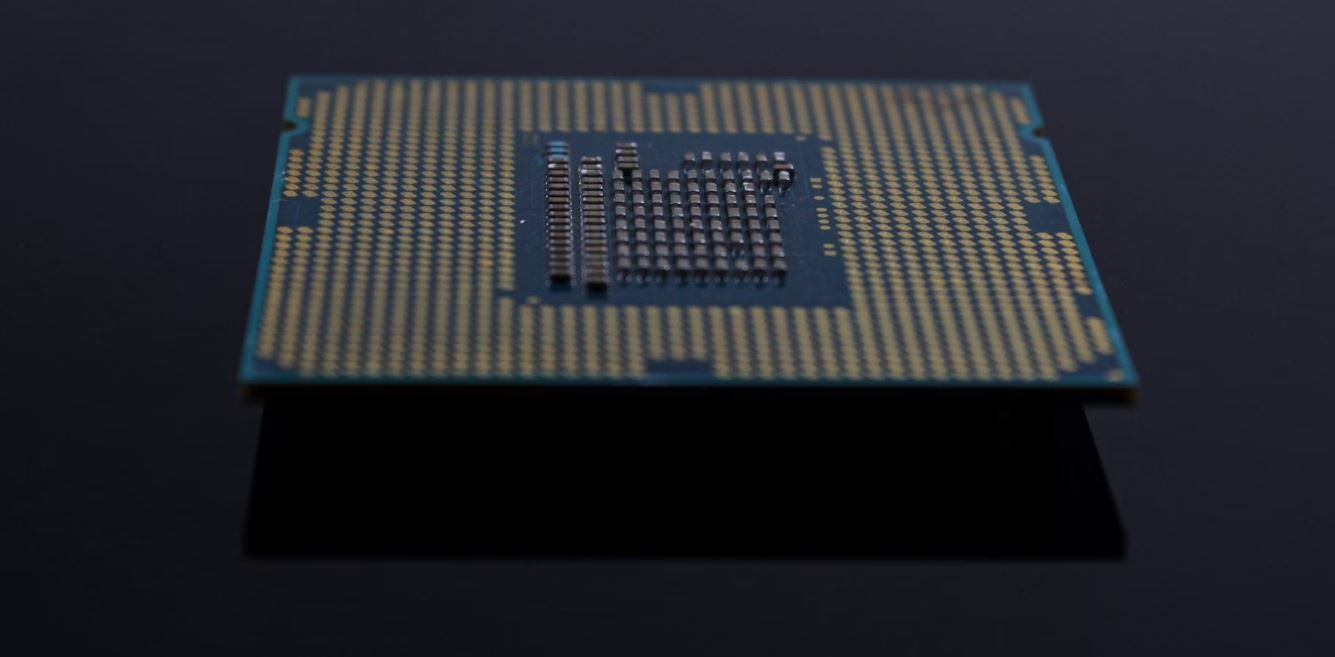AI Act Blog
Artificial Intelligence (AI) has become a pervasive technology, impacting various industries and transforming the way we live and work. As AI continues to advance rapidly, there is a need for legal frameworks and regulations to ensure ethical and responsible use of AI. The European Union has taken a significant step in this direction by proposing the AI Act, which aims to set rules and obligations for AI systems deployed in the EU. In this article, we will explore the key aspects of the AI Act and its implications for businesses and individuals.
Key Takeaways
- The AI Act is a proposal by the European Union to regulate AI systems’ development and deployment in the EU.
- It categorizes AI systems into four risk categories and imposes different requirements accordingly.
- The Act emphasizes transparency, accountability, and human oversight in AI systems.
- Non-compliance with the AI Act may result in significant fines.
Understanding the AI Act
The AI Act, proposed by the European Commission in April 2021, aims to regulate the development, deployment, and use of AI systems in the European Union. It addresses a wide range of AI applications, from self-driving cars to facial recognition software. The proposed regulations strive to strike a balance between promoting innovation and protecting fundamental rights.
One interesting facet of the AI Act is its risk categorization framework. AI systems are classified into four categories: (1) Unacceptable Risk, (2) High Risk, (3) Limited Risk with Transparency Obligations, and (4) Minimal Risk. The requirements and obligations placed on AI systems vary depending on their categorization. This ensures that higher-risk applications are subject to more stringent regulations while allowing for lighter touch for lower-risk systems.
Key Provisions of the AI Act
The AI Act contains several key provisions that businesses and individuals should be aware of:
- Transparency and Disclosure Requirements: AI system developers must provide clear information on the system’s capabilities, limitations, and potential risks. They should also disclose when users interact with an AI system.
- Data and Documentation Obligations: Developers must maintain comprehensive documentation and record-keeping on AI systems, including information on the training data used and the system’s behavior.
- Human Oversight and Accuracy: High-risk AI systems must have human oversight to prevent unintended consequences. Accuracy and robustness requirements are also mandated to avoid biases or discriminatory outcomes.
- Prohibition of Certain AI Practices: The AI Act prohibits AI systems that manipulate human behavior, exploit vulnerabilities, or use subliminal techniques without knowledge or consent.
- Enforcement and Fines: Non-compliance with the AI Act can result in significant fines, amounting up to 6% of annual global turnover.
Impact on Business and Society
The AI Act has far-reaching implications for businesses and individuals alike. On one hand, it sets clear rules and obligations for AI system developers, ensuring transparency and accountability. This boosts consumer confidence in AI technologies and prevents potential misuse or harm. On the other hand, it may create compliance challenges and increase the costs of developing and deploying AI systems, particularly for organizations operating in high-risk domains.
Furthermore, the AI Act can serve as a model for other regions and countries seeking to develop their own AI regulations. It sets a precedent for responsible AI development and deployment, encouraging discussions on the ethical and legal aspects surrounding AI technologies.
Conclusion
The AI Act represents a significant step towards shaping the future of AI in the European Union. With its focus on risk-based regulations, transparency, and accountability, it aims to strike a balance between fostering innovation and protecting fundamental rights. As AI development continues to evolve, legal frameworks like the AI Act will play a crucial role in ensuring the ethical and responsible use of AI technologies.

Common Misconceptions
Misconception: AI will replace human workers entirely
One common misconception about AI is that it will eventually replace human workers in every industry. While it is true that AI technology has the potential to automate certain tasks and improve efficiency, the belief that AI will completely eliminate the need for human workers is not accurate.
- AI can only perform specific tasks and lacks the ability to think creatively or possess emotional intelligence.
- Human workers are often needed to oversee and maintain AI systems.
- AI technologies can complement human skills and improve productivity, rather than replace jobs entirely.
Misconception: AI is only used in high-tech industries
Another misconception is that AI is only relevant to high-tech industries, such as software development and robotics. However, AI has applications in various sectors, including healthcare, finance, agriculture, and transportation.
- In healthcare, AI can assist in diagnosing diseases, analyzing patterns in medical data, and providing personalized treatment recommendations.
- In finance, AI algorithms can be used for fraud detection, risk assessment, and automated trading.
- In agriculture, AI-powered drones can monitor crops, optimize irrigation, and predict yield.
Misconception: AI is solely focused on replacing humans
There is a misconception that the primary goal of AI is to replace humans in tasks and roles. While automation is one aspect of AI, the technology encompasses much more than just replacing human labor.
- AI can augment human capabilities, assisting in decision-making, problem-solving, and providing valuable insights.
- In healthcare, AI can analyze vast amounts of patient data to identify potential risks and recommend preventative measures.
- AI can help improve the quality of education by personalizing learning experiences and providing adaptive feedback.
Misconception: AI possesses human-like intelligence
Another common misconception is that AI possesses human-like intelligence. While AI systems can perform tasks that may seem intelligent, they lack true consciousness and self-awareness.
- AI models are trained using vast amounts of data, but they do not have the ability to understand context and make complex judgments like humans.
- AI systems can be biased or make erroneous decisions if not properly trained or if biased data is used.
- Human intervention is still necessary to ensure AI is used ethically and responsibly.
Misconception: AI will take over the world and pose a threat to humanity
There is a misconception that AI will eventually become superintelligent and take over the world, posing a threat to humanity. This notion is often fueled by science fiction movies and sensationalized news stories.
- Developers and researchers are focused on building safe and reliable AI systems, implementing safeguards to prevent potential risks.
- AI technology is still in its early stages, and there are ongoing discussions and debates regarding ethics and regulation.
- AI is a tool that humans can control and direct towards beneficial outcomes.

AI in Healthcare
In recent years, the integration of Artificial Intelligence (AI) in healthcare has paved the way for groundbreaking advancements in medical research, diagnosis, and treatment. The following table showcases the impact of AI in various healthcare fields:
Online Shopping Preferences
The rise of e-commerce platforms has significantly changed the way consumers shop. The table below provides insights into the preferred online shopping methods of different age groups:
Environmental Impact of Electric Vehicles
Electric vehicles (EVs) have gained popularity as a sustainable alternative to traditional gasoline-powered cars. Explore the environmental benefits of EVs compared to conventional vehicles in the table below:
The Tech Industry’s Highest-Paid Executives
Executives in the technology industry often claim substantial salaries and bonuses. Discover the highest-paid tech executives and their annual earnings in the table:
World’s Top-Ranked Universities
Universities around the globe strive to provide exceptional education and research opportunities. The table presents the rankings of the world’s top universities based on various factors like academic reputation and research influence:
Global Internet Users by Region
The internet has revolutionized communication and connectivity globally. Explore the distribution of internet users across different regions of the world in the table:
Impact of Social Media on Mental Health
Social media platforms have become an integral part of daily life, but they also have potential impacts on mental health. Learn about the association between social media usage and mental health in the table below:
Deforestation Rates by Country
Deforestation remains a significant environmental issue worldwide. The table provides data on deforestation rates by country, highlighting the urgency of conservation efforts:
Global Energy Consumption by Source
Energy consumption patterns determine the global demand for different energy sources. The table illustrates the global energy consumption by source, emphasizing the need for sustainable alternatives:
Impact of Gaming on Cognitive Abilities
Gaming has become a popular leisure activity, but it also has cognitive benefits. Discover the positive impact of gaming on cognitive abilities in the table below:
Overall, the integration of AI, the preferences of consumers, environmental considerations, industry benchmarks, global education, internet usage, mental health impacts, environmental concerns, energy consumption, and cognitive abilities all play crucial roles in shaping our modern world. Embracing the power of AI and understanding these various factors is essential for informed decision-making and driving positive change.
Frequently Asked Questions
1. What is the AI Act?
The AI Act refers to the proposed legislation that aims to regulate the use of artificial intelligence within the European Union. It is designed to ensure the ethical and responsible development, deployment, and use of AI technologies.
2. Why is the AI Act necessary?
The AI Act is necessary to address the potential risks associated with AI technologies. As AI becomes more prevalent in various sectors, including healthcare, transportation, and finance, there is a need for clear guidelines to protect individuals’ rights, ensure fairness, and prevent any misuse or harm caused by AI systems.
3. What are the key provisions of the AI Act?
The key provisions of the AI Act include requirements for transparent and explainable AI systems, strict limitations on biometric identification, mandatory compliance assessments, provision for high-risk AI systems, and the establishment of a European Artificial Intelligence Board to oversee the implementation of the Act.
4. Who will be affected by the AI Act?
The AI Act will primarily affect organizations that develop, deploy, or use AI technologies within the European Union. This includes both public and private entities across various sectors, including tech companies, healthcare providers, financial institutions, and public service organizations.
5. How will the AI Act impact AI innovation?
The AI Act aims to strike a balance between fostering AI innovation and ensuring the protection of individuals. While it introduces certain regulations, it also promotes AI research, development, and innovation by providing clear guidelines and standards to follow. It encourages responsible AI practices and seeks to build trust in AI technologies.
6. Can organizations comply with the AI Act on their own?
Organizations will be required to comply with the AI Act to ensure the ethical and lawful use of AI technologies. Compliance may involve implementing necessary technical and organizational measures, conducting risk assessments, and adhering to specific requirements depending on the classification of the AI system. Non-compliance may result in significant penalties.
7. What is the timeline for the implementation of the AI Act?
The AI Act is currently in the proposal stage and is subject to approval by the European Parliament and the Council of the European Union. If adopted, it is expected to become law within the next few years, providing a transitional period for organizations to comply with the new regulations.
8. How does the AI Act address the issue of bias in AI systems?
The AI Act acknowledges the potential for bias in AI systems and aims to address it through several provisions. It requires developers and deployers to ensure the non-discriminatory nature of AI systems and take measures to minimize and mitigate biases. Transparency and explainability requirements also contribute to identifying and rectifying biases in AI algorithms.
9. What is the role of the European Artificial Intelligence Board?
The European Artificial Intelligence Board will play a significant role in the implementation and enforcement of the AI Act. It will assist in developing guidelines and standards, supervising conformity assessments, and promoting cooperation among national authorities. The board will act as a central regulatory body, ensuring consistency and harmonization in the application of the AI Act.
10. How can individuals voice their concerns or provide feedback regarding the AI Act?
Individuals and organizations can participate in public consultations and provide feedback during the legislative process of the AI Act. This allows stakeholders to share their insights, concerns, and suggestions, helping policymakers consider a wide range of perspectives during the development and refinement of the legislation.




